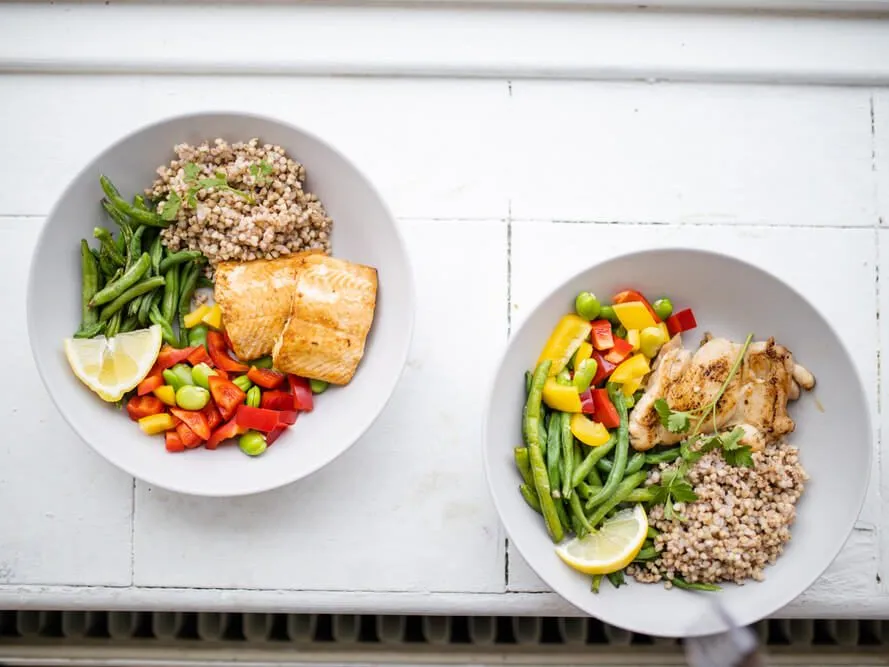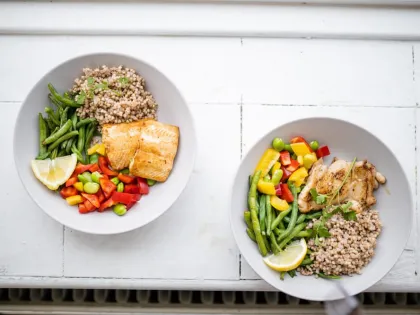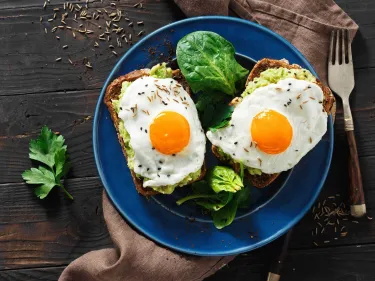Understanding what the serving sizes are of each of the nutrient-dense core foods and how to create meals that provide you with a balance of nutrients can take time. A useful tool that is used the world over, is the plate model. The plate model has been developed to translate dietary guidelines into a visual guide that shows the amount of each food type to put onto your plate, to provide the balance of the energy and nutrients that you need for good health.
Studies that have used the plate model to support people in losing weight found that the visual guidance offered by the plate model was useful in supporting people to lose weight. Building a balanced plate using the plate model helps people to understand what portion of each of the different food types to eat at main meals and understand how this compares to the space given to other food types.
The Australian Guide to Healthy Eating recommends that people eat between 5 & 6 serves of non-starchy vegetables each day (depending on age and gender). Most Australian’s are not meeting this requirement. Non-starchy vegetables are a valuable source of vitamins and minerals that are needed for good health and are low energy compared to other foods. For most people, a good guide is to fill half of your plate with non-starchy vegetables.
The other half of the plate model is distributed between sources of complex carbohydrates, including breads, rice, pasta and potato, that make up one quarter of a plate, and the other quarter being made up of lean protein sources including chicken, beef, tofu and seafood.
The contribution of non-starchy vegetables, complex carbohydrates and lean protein sources will vary slightly depending on a person’s physical activity levels and life stage, however using the balanced plate guide to determine the portions of foods to eat may be a useful tool that you can implement easily into your daily routine.













